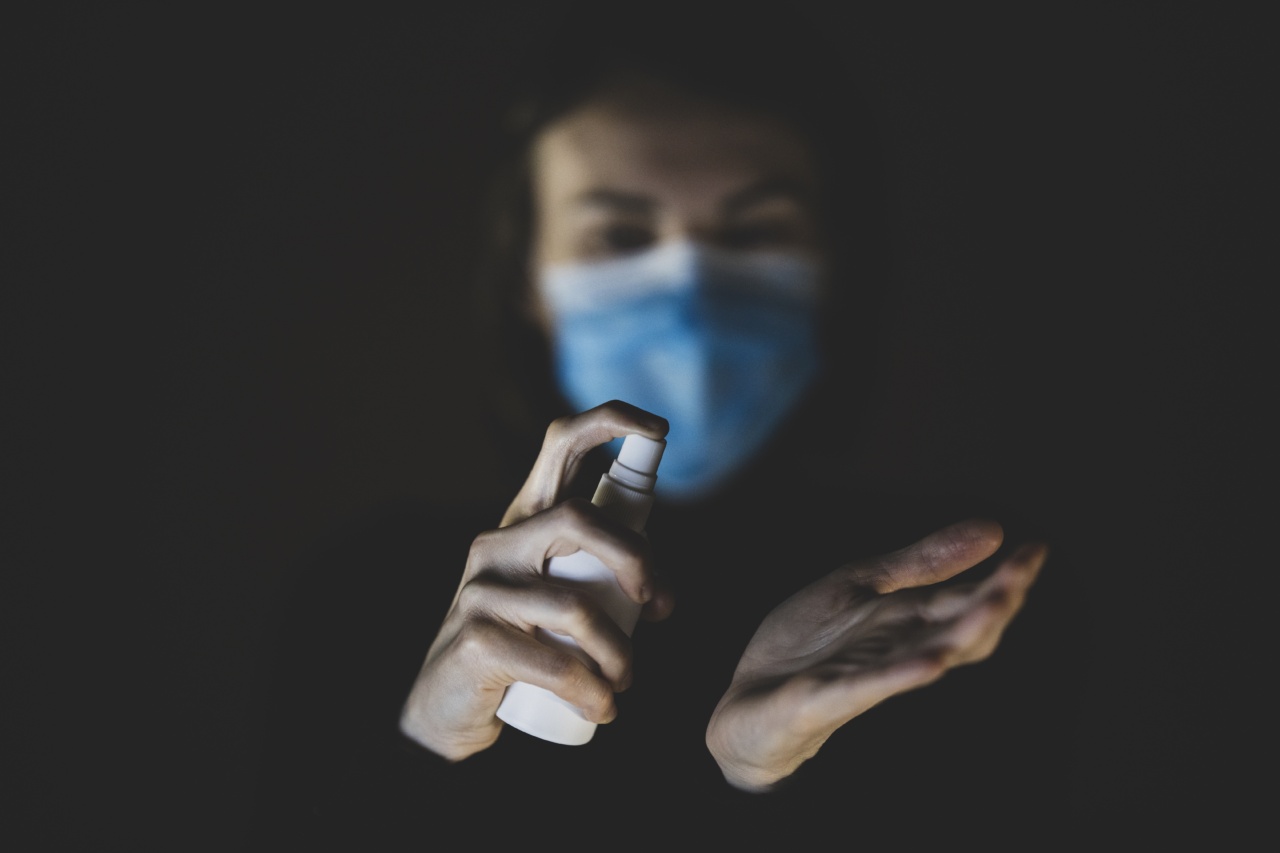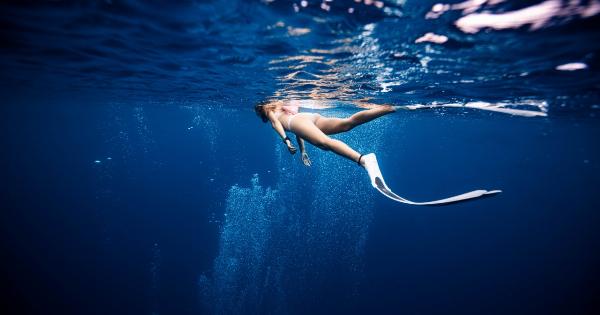Alcohol and swimming are often associated with leisure and relaxation, but when combined, they can prove to be a deadly combination.
While enjoying a drink poolside may seem harmless, the effects of alcohol on the body can greatly increase the risk of accidents, injuries, and even drowning. This article explores the dangers of mixing alcohol with swimming and highlights the importance of making responsible choices to ensure everyone’s safety.
Understanding the Effects of Alcohol
Before delving into the dangers of alcohol and swimming, it is essential to understand how alcohol affects the body. Alcohol is a depressant that impairs essential functions such as judgment, coordination, and reaction time.
These effects can be particularly dangerous in water, where balance and coordination are essential for swimming safely.
The Impact on Judgment and Decision-Making
One of the most significant dangers of mixing alcohol with swimming is its impact on judgment and decision-making abilities. Alcohol decreases inhibitions, leading individuals to take risks they wouldn’t consider while sober.
This lack of sound judgment can result in recklessness or engaging in activities beyond an individual’s swimming capabilities, increasing the likelihood of accidents and injuries.
Impaired Coordination and Balance
Swimming requires precise coordination and balance. However, alcohol disrupts these vital functions by affecting the central nervous system.
Even minor impairments can lead to difficulties in effective swimming, potentially resulting in the inability to stay afloat, swim to safety, or navigate through hazards like currents or objects in the water.
Delayed Reaction Time
In addition to impairing coordination, alcohol also delays reaction time. Swimmers need to react quickly to changes in water conditions, such as rough currents or sudden movements of other swimmers.
With alcohol in their system, individuals have a significantly slower reaction time, making it difficult to respond promptly to potential dangers, increasing the risk of accidents or collisions.
Increased Fatigue and Muscle Cramps
Swimming is a physically demanding activity that requires stamina and muscle strength. Alcohol, on the other hand, leads to increased fatigue, impairing an individual’s ability to swim for extended periods.
Moreover, alcohol can cause muscle cramps, which can be extremely dangerous when swimming, as they limit range of motion and impede the ability to swim effectively.
Decreased Sensitivity to Cold Water
Alcohol dilates blood vessels, giving individuals a false sense of warmth. When entering cold water, this can be particularly dangerous, as the body’s natural response to cold is impaired.
The decreased sensitivity to cold water can lead to hypothermia, a dangerous condition that can result in disorientation, loss of consciousness, and even death.
The Role of Alcohol in Drowning
One of the most tragic consequences of alcohol and swimming is the increased risk of drowning. Alcohol impairs an individual’s ability to stay afloat and compromises their swimming abilities.
Moreover, impaired decision-making can lead to poor judgment in challenging situations, such as swimming in rough waters or under the influence of strong currents. The combination of impaired swimming abilities and compromised decision-making significantly increases the likelihood of drowning incidents.
Responsible Choices for a Safe Swim
While the dangers of alcohol and swimming are evident, it is important to recognize that responsible choices can help prevent accidents and potential tragedies. Here are some steps individuals can take to ensure a safe swim:.
- Avoid drinking alcohol before swimming: The best way to stay safe in the water is to avoid alcohol altogether. Choose alternative beverages or enjoy alcohol after swimming.
- Swim in designated areas: Stick to swimming pools, beaches, or areas supervised by lifeguards. They can provide immediate assistance in case of emergencies.
- Buddy system: Always swim with a buddy. Having someone aware of your abilities and vice versa can help prevent accidents and provide immediate assistance if needed.
- Stay hydrated: Drink plenty of water to stay hydrated, especially on hot days. Dehydration can amplify the effects of alcohol and increase the risk of accidents.
- Know your limits: Be aware of your swimming abilities and never push yourself beyond what you can safely handle. Swimming under the influence of alcohol impairs judgment, making it crucial to exercise caution and stay within your capabilities.
- Designated sober swimmer: If you are attending a pool party or gathering, assign a designated sober individual to monitor and ensure everyone’s safety in the water.
- Learn CPR and basic water rescue techniques: Being prepared for emergencies can make a significant difference in the outcome of potential accidents. Knowing how to perform CPR and rescue techniques can save lives while waiting for professional help to arrive.
- Spread awareness: Educate friends, family, and fellow swimmers about the dangers of alcohol and swimming. Awareness can help prevent accidents and promote responsible choices.
Conclusion
While alcohol and swimming may seem like an inviting combination, the risks involved should not be underestimated. Alcohol impairs judgment, coordination, and reaction time, making it incredibly dangerous to swim under its influence.
Understanding the dangers and making responsible choices is essential to ensure the safety and well-being of oneself and others. By avoiding alcohol before swimming and following safety guidelines, we can all enjoy the water without putting ourselves or others at risk.































